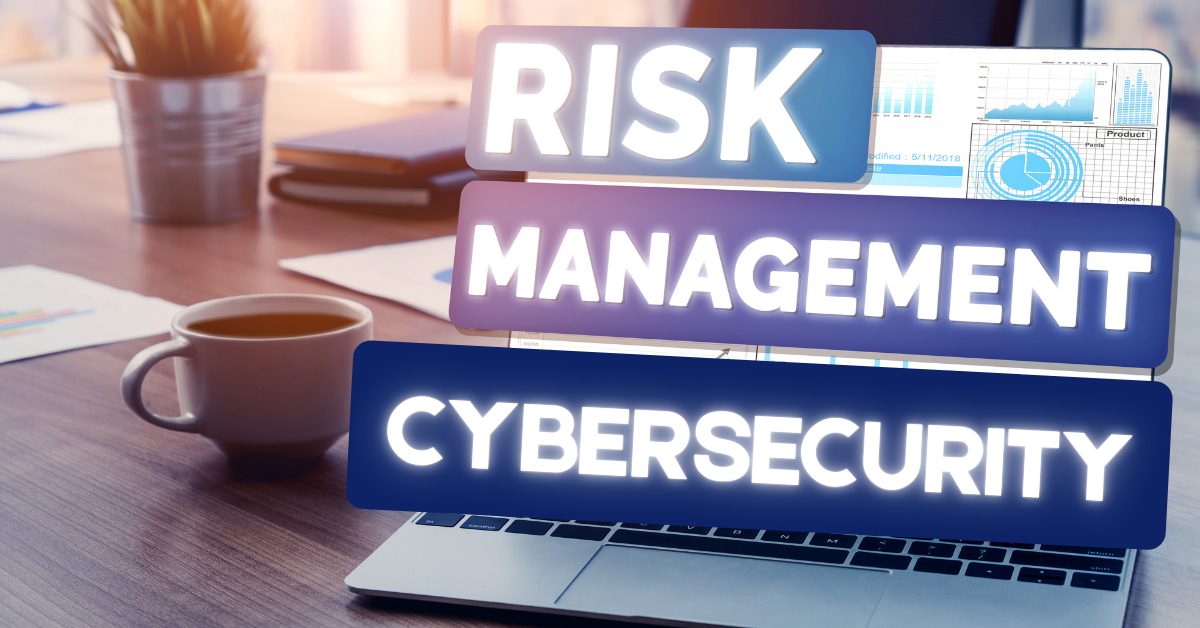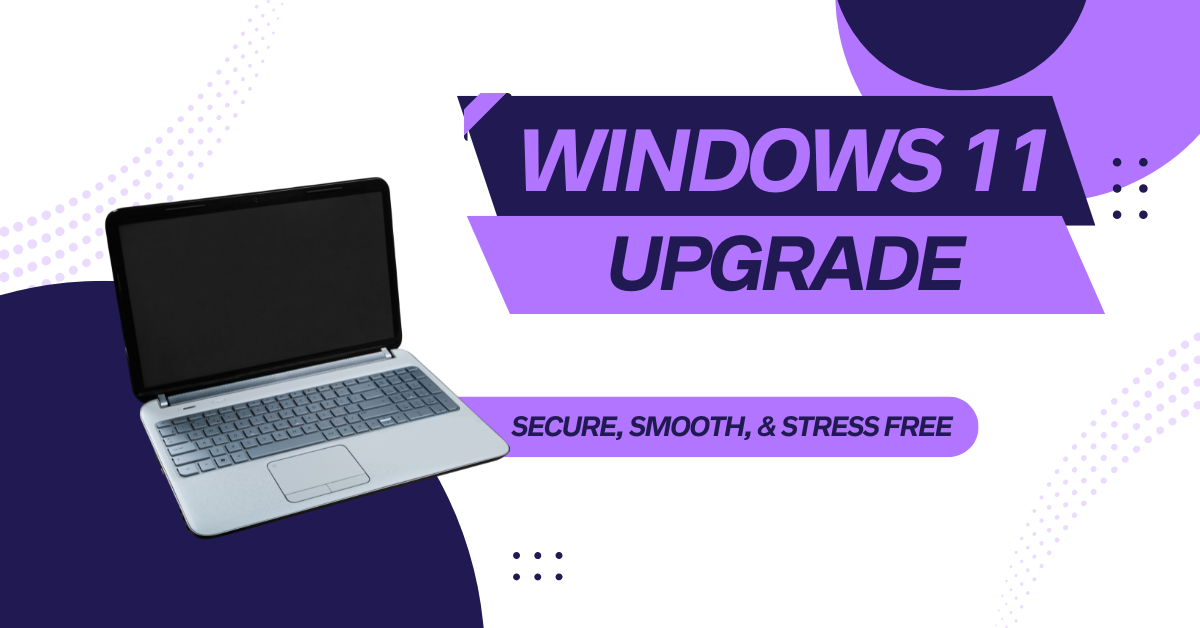The Case for a Structured Approach to Cybersecurity
For many small and mid-sized businesses, cybersecurity feels like a moving target. Threats keep evolving, but resources are limited, and leaders often don’t know where to start. The result? Either doing too little, leaving dangerous gaps, or overspending on tools that don’t address the biggest risks.
That’s where cybersecurity risk management frameworks come in. These frameworks act like blueprints—created by experts—that guide organizations through building a stronger security posture. They break down what may feel overwhelming into a clear, step-by-step structure and help answer a critical question for business owners: what’s the most effective cybersecurity framework for small businesses?
At Gallop Technology Group, we’ve seen how much easier it becomes for businesses to protect themselves once they adopt a framework. We often recommend starting with our Free Domain Security Check Up, which identifies vulnerabilities in your current setup. From there, we map those findings into proven frameworks to simplify compliance and strengthen protection.
In this article, we’ll walk through the three most valuable cyber risk management frameworks for small businesses—NIST, CIS Controls, and ISO 27001—and explain how they can help you stay compliant without overcomplicating your operations.
What Are Cybersecurity Risk Management Frameworks?
A cyber risk framework is a structured set of practices and standards that organizations use to identify, assess, and address cybersecurity threats. Instead of reacting to problems as they come, frameworks provide a proactive, organized approach.
Without one, security efforts can feel scattered—a firewall here, antivirus there, and maybe some backup policies—but without alignment, gaps remain. Frameworks solve that problem by combining technology, processes, and people into a single, unified strategy.
Benefits of Using a Cybersecurity Risk Framework:
- Structure and Focus – Clear priorities eliminate guesswork.
- Compliance Alignment – Many regulations map directly to frameworks, making audits smoother.
- Scalable Growth – Businesses can start small and expand controls as they grow.
- Stronger Defense – By following proven best practices, businesses reduce their exposure to common threats like phishing or ransomware.
NIST Cybersecurity Framework (CSF)
Developed by the National Institute of Standards and Technology, the NIST Cybersecurity Framework is one of the most respected standards worldwide. It was originally designed for critical infrastructure but has since been adopted across industries of all sizes.
The Five Core Pillars of NIST
- Identify – Understand your assets, risks, and critical data.
- Protect – Apply safeguards such as access control, data encryption, and staff training.
- Detect – Monitor for unusual activity or attempted breaches.
- Respond – Have clear procedures for handling incidents.
- Recover – Restore operations quickly and learn from the event.
Why It Works for Small Businesses
Even though NIST can look extensive, it’s flexible. Small businesses can choose which areas to prioritize first. For example:
- A local law firm may focus on identifying sensitive client records and applying basic protections like strong authentication.
- As the firm grows, it could add detection tools and a formal incident response plan.
NIST gives small businesses credibility with clients and partners, showing that their security practices align with a globally recognized standard.
CIS Critical Security Controls
The CIS Controls are one of the most practical cyber risk management frameworks, offering a prioritized list of actions to improve security. What makes CIS popular with small and medium businesses is its tiered approach—you can start with the basics and grow over time.
Three Levels of Implementation
- IG1 (Basic) – Focused on essential protections such as device inventory, patching, and password management.
- IG2 (Intermediate) – Adds capabilities like security monitoring, vulnerability management, and centralized logging.
- IG3 (Advanced) – Intended for organizations with high-security demands, including those working with government or military.
Why It Works for Small Businesses
This tiered structure makes CIS Controls particularly manageable. You don’t need to adopt all 20 controls at once—you can begin at Level 1 and move up as needed.
For example:
- A five-person accounting firm may start with IG1, enforcing password policies and regular backups.
- If they later begin handling government contracts, they can scale into IG2 and IG3.
At Gallop Technology Group, we frequently guide clients through the CIS framework because it’s both realistic and effective. It allows businesses to close major security gaps quickly without overwhelming their teams.
ISO/IEC 27001
ISO/IEC 27001 is an internationally recognized standard for creating and maintaining an information security management system (ISMS). Unlike CIS or NIST, which provide sets of controls and activities, ISO 27001 emphasizes a policy-driven approach that integrates cybersecurity into the overall business culture.
What ISO 27001 Involves
- Documented Policies – Clear rules for handling and storing information.
- Risk Assessments – A systematic review of potential threats and vulnerabilities.
- Continuous Improvement – Regular reviews and updates to adapt to new risks.
Why It Works for Small Businesses
While certification may be rigorous, small businesses can adopt ISO principles even without formal certification. Doing so builds client confidence and prepares the business for future growth opportunities.
For example:
- A boutique consulting firm may document security policies, train staff, and review risks quarterly.
- If they later pursue enterprise clients, they’ll already be aligned with ISO 27001 expectations.
ISO 27001 helps small businesses prove they take cybersecurity seriously—something that’s often critical when competing for contracts with larger organizations.
Choosing Between NIST, CIS, and ISO 27001
Each framework has unique strengths:
- NIST offers flexibility and scalability.
- CIS provides a practical, step-by-step checklist.
- ISO 27001 delivers global recognition and a policy-first approach.
Small businesses don’t need to choose just one. Many combine elements of all three—for instance, starting with CIS for immediate protections, then layering in NIST practices, and finally aligning policies with ISO 27001.
The right path depends on your industry, risk level, and compliance requirements.

How Gallop Technology Group Supports Framework Adoption
At Gallop Technology Group, we understand that cybersecurity can’t be a one-size-fits-all approach. That’s why we:
- Start with a Free Domain Security Check Up – This reveals your most urgent risks.
- Match You to the Right Framework – Whether it’s CIS, NIST, or ISO 27001, we tailor the approach to your business size and goals.
- Implement Controls Gradually – We help you adopt the most important protections first, then build toward advanced practices.
- Provide Ongoing Guidance – Security threats evolve, and so should your defenses. We stay with you every step of the way.
Our clients include law firms, professional offices, and other small businesses that need robust security without the overhead of a full internal IT team.
Simplify Compliance, Strengthen Security
Cybersecurity doesn’t have to be overwhelming. By adopting cybersecurity risk management frameworks like NIST, CIS Controls, and ISO 27001, businesses gain a clear path to stronger defenses and smoother compliance. These frameworks also help answer one of the most common questions among business owners: what’s the most effective cybersecurity framework for small businesses?
At Gallop Technology Group, we specialize in helping small businesses put these frameworks into action—without unnecessary complexity. Our services include:
- Free Domain Security Check Up – Identify your vulnerabilities quickly.
- Cybersecurity Services – From policies to monitoring, we cover all angles.
- Managed IT Solutions – Reliable support that keeps your business running securely.
Call us today at 480-614-4227 to get started with a cyber risk framework that fits your business.
Source:
National Institute of Standards and Technology (NIST) – Cybersecurity Framework: https://www.nist.gov/cyberframework







